Marketing in 2023
Products and services are being marketed in ever-evolving ways as the world itself changes. Within the last decade, digital marketing has dominated all forms of marketing. It is no longer possible to market a product without using some form of digital media. On no other channel has this dominance been more apparent than on social media. Social media marketing has become a buzzword synonymous with success, and it shows no signs of slowing down. Influencer campaigns have, however, undergone a huge transformation in the way brands approach them. In a recent study 93% of marketers already use influencer marketing and 63% of those marketers plan to increase their influencer marketing budgets in 2023. It’s due to the fact that anyone can be an influencer. Anyone can be an affiliate marketer. Formerly, it was all about landing the biggest names, now the rules are changing and influencers all over the board are on the same level as Cardi B or Snoop Dogg.
Influencers with millions of followers on social media platforms like Instagram used to seem great from a numbers perspective, but when it comes to conversions, they don’t deliver. How come? Throughout this blog post, we will discuss the differences between macro influencers and micro influencers as well as why we believe most brands who want to grow in 2023 should adopt a micro-influencer marketing strategy.
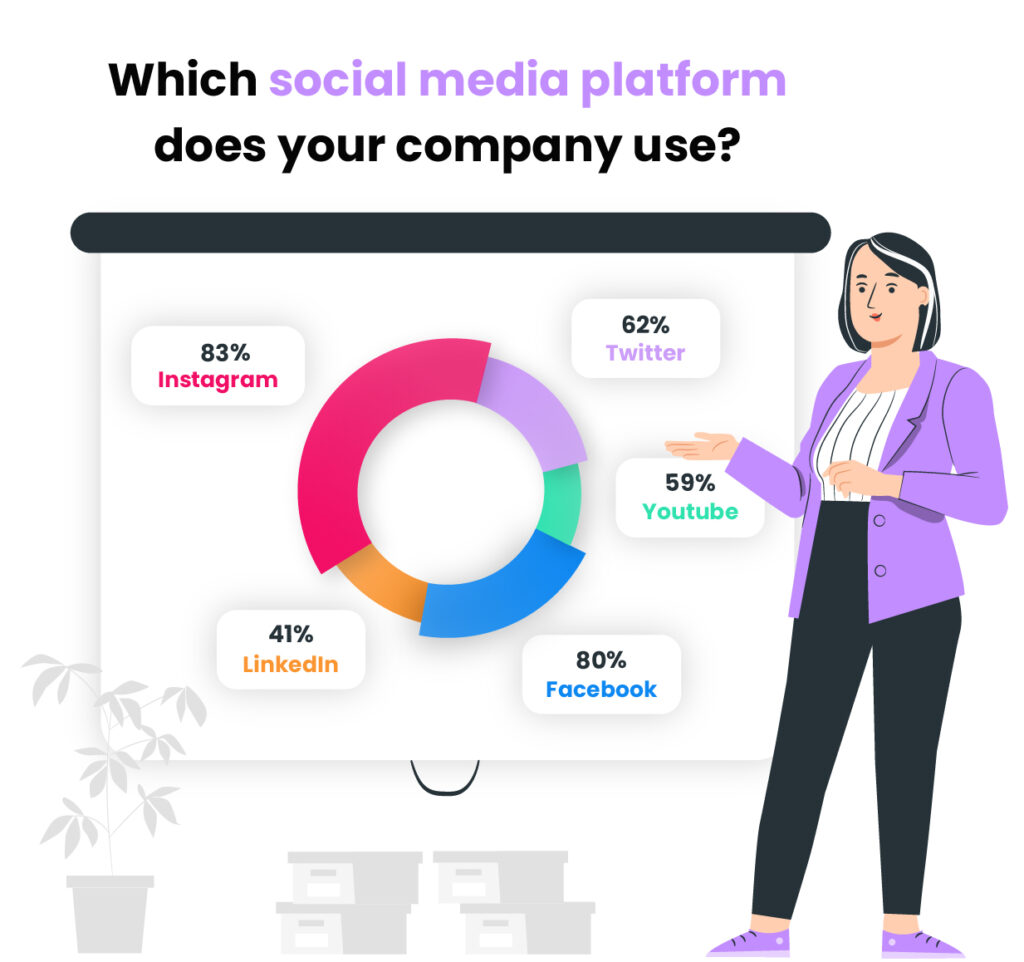
What is a micro influencer?
Micro influencers are individuals or organizations who do not have an enormous audience or reach yet within their industry. Some may call them up-comers. Micro influencers have built an online following based on the quality of their work rather than the size of their audience. Despite having thousands of followers with between 10K – 100K, these accounts are still considered micro in regards to reach on social media.
Micro influencers often use social media sites such as Twitter, Facebook, YouTube, Twitch, Instagram, etc. to share relevant content. They can be bloggers who write types of content that is informative such as fashion styling advice for autumn or educational like the best DJ consoles for hobbyists. They can also be livestream stars that create content with high engagement rates for their advertiser’s campaign.
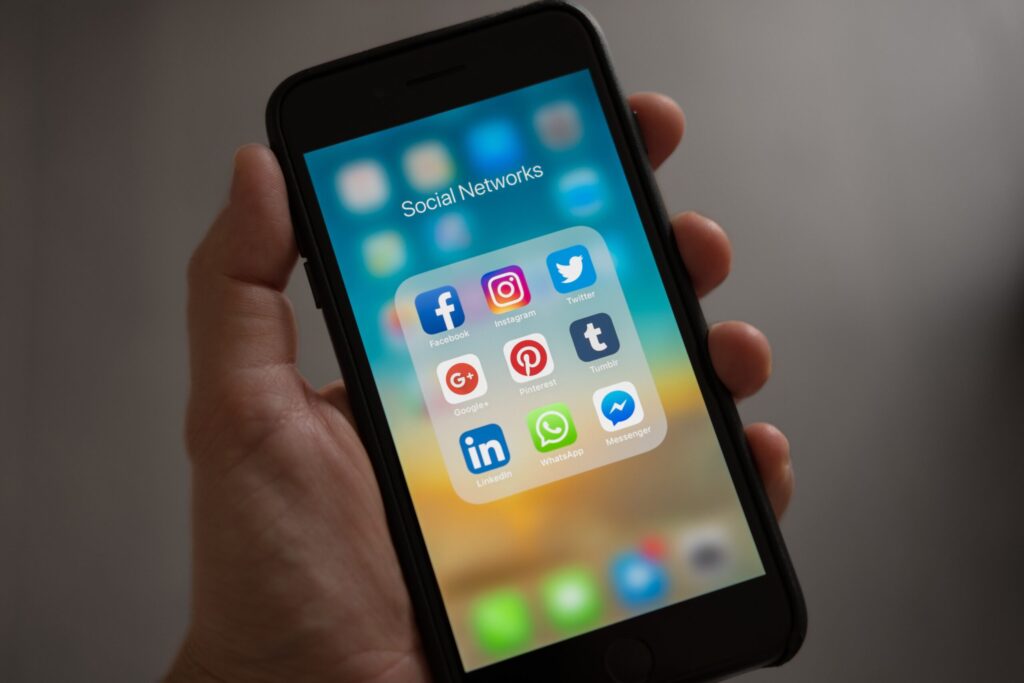
What is a macro influencer?
Macro influencers are individuals who have a large social media audience. Generally we are talking about millions of followers. Macro influencers are usually celebs, models, fitness trainers, fashion designers, bloggers, or regular people who have millions of followers on social media platforms such as Instagram, Tiktok, Facebook, etc. They have a lot of power and influence over consumers mostly because of who they are.
Macro influencers are great at generating buzz and driving traffic to your brand. Their posts tend to be short and sweet. They don’t always promote brands directly. Instead, they often share content from other sources such as through stories, posts, magazine photos, and websites.

What are the differences between the two?
To understand the differences between micro-influencer and macro-influencer marketing, we need to consider the reasons why we would use either marketing strategy. Some companies are looking for increased social engagement while others’ priorities might be focused more on sheer numbers.
In general, macro influencers:
- Are either celebrities or are so popular that they are as if they were
- Their audience size can generate hundreds of thousands (or even millions) of dollars in media value
- They have an impressive reach that allows them to deliver fast, impactful results
- Have audiences hoping to interact with them
- They often have fake followers hurting engagement rates
- The more famous a brand, the more expensive the partnership

By contrast, micro influencers tend to:
- Increase overall conversion rates by commanding niche audiences
- Cost significantly less
- Publish relevant content that has high average engagement rates
- Have a much broader audience reach
- Their followers perceive them to be genuine and relatable
- They often go above and beyond in order to generate content that wows their brand partners
- They establish direct relationships with their brand partners, bringing a more personalized approach to the table
Money in the bank
The cost of influencer marketing is a determining factor for most businesses. We are not going to sugarcoat things by saying influencer content is cheap. Getting celebs to endorse your marketing campaign means your business must have a high marketing budget. In some cases, the price of mega-influencers could exceed $10K per post, depending on the contract. As a result, micro influencers are a lot more affordable, particularly for startups, small companies, and emerging brands across all industries. Even the price of mid-tier influencers could be out of reach for some, since they range from $500 to $5K per post. These factors typically create the best ROI results.
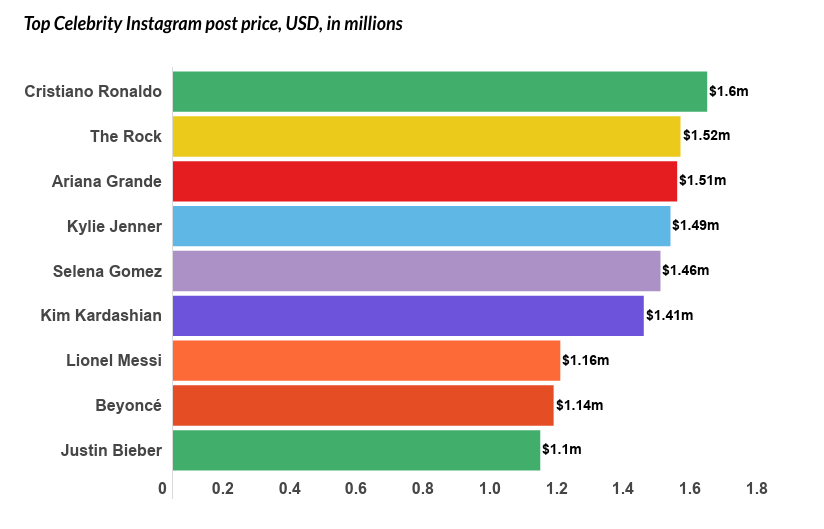
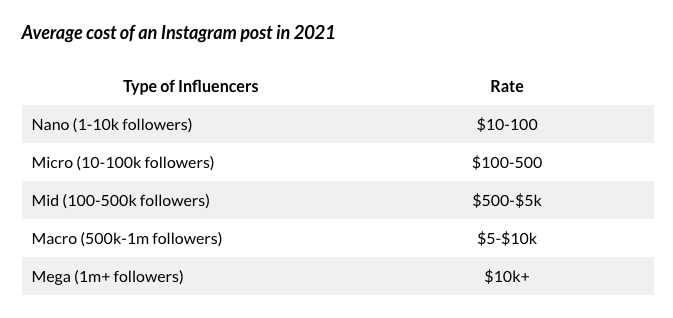
Audience reach
Audience reach is a common concern for businesses. Which influencers have the most followers? Celebs and marco-influencers which had larger audiences, held more weight four years ago than they do today. Essentially, Instagram, Tiktok, Facebook, and other social media platforms exist to keep people engaged. The goal is not for people to brag about how many followers they have. This is visible every 6 months when the platforms change small aspects of the app or do A/B testings, such as the one conducted in 2018 when they suspended paid advertising in some countries to monitor how it affected sales. Another example is how likes have been made invisible to encourage more user-generated engagement through initiating contents and participation requests in posts. The result has been that Instagram and other social media platforms have fine-tuned their algorithms to prioritize quality content and genuine engagements. As macro influencers have a large following, they have the capacity to drive sales. However, due to their fame and the algorithms set in place, businesses can only estimate success.

Micro influencers, on the other hand, have less followers, which obviously reduces their audience reach. However, this is where those algorithms help us. Micro influencers, being more active and generally having better quality content, typically have higher engagement, conversion rates, and activity from their followers. The instagram algorithm is programmed to find these types of influencers and pushes to promote them in your newsfeed in hopes that the content will also get others more engaged in the content. This is why you often see random trending photos and reels in your newsfeed. Instagram wants users to follow authentic influencers with interesting content. Micro influencers are relevant influencers and they have nearly three times the engagement rate of macro influencers, almost doubling at 4% to 1.2%, according to Influencer Marketing Hub. In addition, micro influencers also have over a 20% higher conversion rate that can help brands boost their e-commerce sales. Therefore, despite their small followings, brands can extract incredible sales value from working with micro influencers.
Whether you choose micro or macro influencers, you can use influencer analysis tools like Modash, Hypeauditor and other platforms to analyze audiences. You can get data about the engagement rate, audience demographics, geography and more to confirm they’re a good fit for your brand
Authenticity
It is important to keep in mind that a person can have only a small number of followers, yet still be considered a greater influence than someone with many followers. This is because the audience puts emphasis on finding authentic voices that will resonate in specific markets and communities. Furthermore, authenticity is extremely important for millennials, the largest market for online purchases. In fact, 93% of millennials consider online reviews trustworthy and deem them to be as credible as recommendations from friends.
Trust is the foundation upon which a relationship between an influencer and their followers is based. Organic influencer marketing campaigns are the most effective and do not resemble advertising. In many cases, macro influencers are so distant from their followers that many of their products fail to resonate with them as much as those of micro influencers. Credibility can be lost if you lose authenticity. And those who are famous are less concerned with credibility.
Niche life
In addition to a strong return on investment for influencer marketing, reach is also critical. For brands that want to gain more exposure on social media, larger influencers are a great choice. A broad audience is theirs, but they do not have a specific target audience. Rihanna is an amazing artist with an impressive follower count, but she has fans all over the world from various cultures. But she is only relevant within her niche market. And very expensive for those with a more modest influencer marketing budget. The affordable nature of micro influencers makes it possible for brands to expand their reach by working with numerous influencers across many different market segments. By partnering with various influencers of different ages, races and sexual orientations, brands can reach audiences that may otherwise be missed if they only used a limited number of macro influencers.
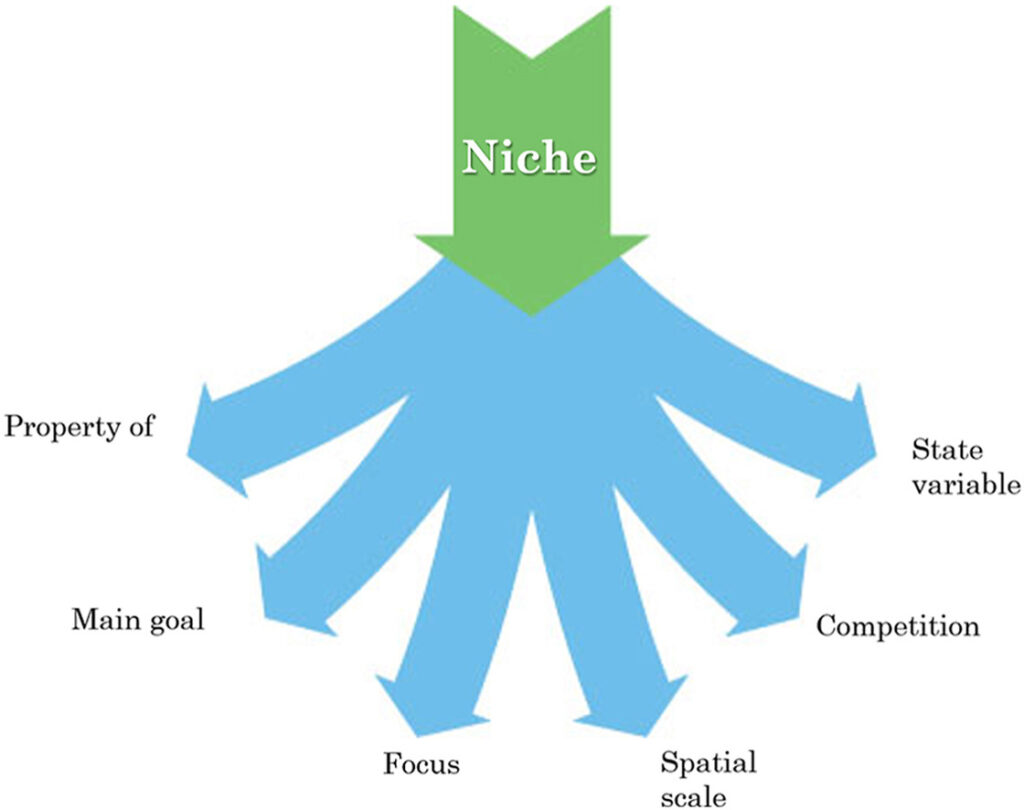
Desire
It took a lot of hard work for social media influencers to become famous. It is common for macro influencers to have teams of people working on their content with them. Thousands of dollars’ worth of equipment is at their disposal. In reality, if your brand doesn’t work with them, then they will find another brand to work with. They are willing to work with your brand as much as you want to increase brand awareness on social media. Alternatively, micro influencers want to grow their own brands and will do almost anything to do so. As they walk the streets with their phones in hand, they create quality content that sells. They are tiktok dancers who create choreography weekly. They are online answering emails and collaborating with others for free to get new followers. Social media therefore owes a lot of its success to micro influencers.

Why should you work with micro influencers in 2023?
Micro influencers cost much less than mega-influencers. Due to their low cost, businesses can take risks and enter multiple markets at a much lower cost than macro influencers. Viewers are compelled to follow your business because of their authenticity. All of them boast an engaged audience and are as eager to expand their reach as you are to increase yours.
Micro Influencers are everywhere! Their Instagrams, Youtube Channels, Facebook Pages, Blogs, Tweets, etc. and this trend is likely to continue to grow exponentially in the next decade. Micro influencers provide an excellent channel for promoting your brand and driving engagement directly with your target audience.
Conclusion
In the current climate, any marketer who doesn’t use micro influencers to build brand recognition, acquire new customers or increase customer loyalty is missing out on huge opportunities.
By knowing what others think about products and services, we feel like we know someone better. This is why people love connecting through the internet. Social networks have expanded consumer accessibility to products and services that are recommended to them in a wide variety of fields, including food, travel, and technology.
Influencer marketing allows businesses to target specific audiences so that the message reaches its intended recipients. Using micro influencers allows you to connect directly with your ideal target market on a one-on-one basis. This type of direct connection makes it much easier for you to sell your product. In addition, it saves time since you won’t have to search for prospective leads; all leads will already be there waiting for you.
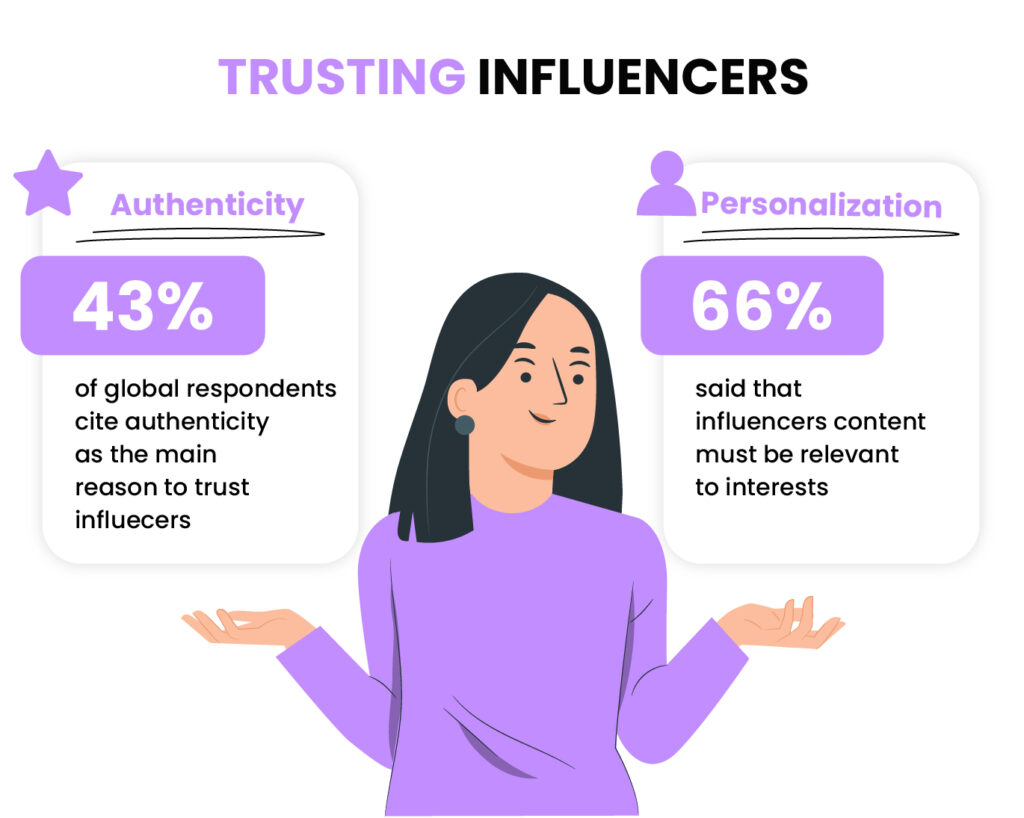
From posting videos to writing reviews, micro influencers usually give away a ton of valuable content that you can benefit from without paying anything. You don’t have to spend hours looking for blogs or websites that carry relevant content.
The micro influencers themselves stand to gain from being associated with your brand too. If their followers are interested in buying their products or services then they can easily create buzz around you as well. It may not seem like such an obvious deal now, but later you’ll see how beneficial this is. With the right strategy, every micro-influencer has the potential to earn money from his/her efforts and become a serious asset for your business.
Frequently Asked Questions
What is a micro-influencer?
Micro influencers are social media users who aren’t typical celebrities, experts, or public figures, but have between 10,000 and 50,000 followers. Their audiences engage with them very well because they are known for the specific area of interest they cover. Micro influencers.
What is the difference between an affiliate marketer and an influencer?
In affiliate marketing, a brand (merchant) partners with affiliates to promote their brand, products, sales, etc. By contrast, influencer marketing is a marketing strategy in which the influencer gets paid a flat rate (usually a large amount) to promote a brand.
What is a macro influencer?
Macro influencers are often also celebrities, TV personalities, athletes, or thought leaders in their community with over 100,000 followers on a social media platform and at least 3% engagement rate.
How to measure success of a micro-influencer campaign?
Micro influencer campaign success can be measured by increased engagement, more post views, and new organic followers.
What is influencer marketing?
Influencer marketing is a strategy for using social media platforms to reach out to a larger market by using influencers.
Share this article
Top Affiliate Marketing Trends to Watch in 2023
Discover the hottest affiliate marketing trends of 2023 with Post Affiliate Pro! From influencer partnerships with nano and micro-influencers to cutting-edge ad technologies and AI-driven insights, learn how to boost your brand's affiliate traffic and stay ahead of the competition. Dive into strategic insights for leveraging social media, cross-device tracking, and more. Explore now and gain a competitive edge in the evolving affiliate landscape!
10 reasons your small business should start an affiliate program
Discover the top 10 reasons your small business should start an affiliate program to boost sales, expand reach, and generate passive income. Learn how to leverage cost-effective marketing, build partnerships, and enhance customer loyalty. Explore easy management tips and optimize your strategy with the right software. Unleash your business potential today!
Affiliate marketing vs. advertising
Explore the key differences between affiliate marketing and advertising on Post Affiliate Pro's insightful blog. Discover how personalized affiliate strategies can drive more revenue, while display ads reach specific audiences with flexibility. Learn which approach suits your business needs best.
8 facts why affiliate marketing is great for travel and tourism businesses
Discover why affiliate marketing is a game-changer for travel and tourism businesses in 2023. Learn how competitive rates, micro-influencer partnerships, and advanced data tracking can boost your brand, drive traffic, and maximize revenue. Explore effective strategies for long-term success in a rebounding travel industry.











